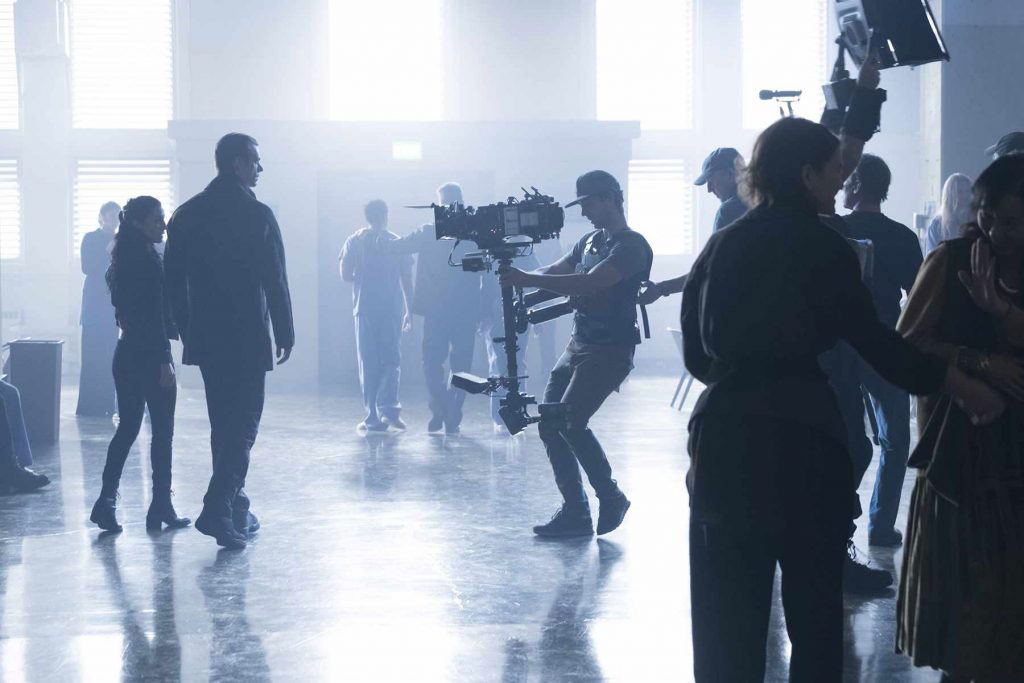In the realm of filmmaking, the actors are the heart and soul of the story. They breathe life into characters, infusing them with emotions, depth, and authenticity. Collaborating with actors to elicit exceptional performances is a delicate art that requires skill, sensitivity, and understanding. In this article, we’ll delve into the nuances of working with actors to create on-screen magic that captivates audiences.
1. Build Trust and Rapport
At the core of great performances lies trust. Establish an open and respectful rapport with your actors from the very beginning. Create an environment where they feel safe to take risks, explore emotions, and share their insights on the characters they’re portraying.
2. Facilitate Open Communication
Actors often possess profound insights into their characters that can enhance the script. Encourage them to share their thoughts and ideas during rehearsals and throughout the production process. This collaboration can lead to richer, more nuanced performances.
3. Collaborate in Character Development
Involve actors in the character development process. Allow them to contribute to their character’s backstory, motivations, and quirks. When actors feel a personal connection to their roles, their performances become more genuine and compelling.
4. Provide Clear Direction
As the director, your guidance is instrumental in shaping performances. Be specific in your direction while remaining open to actors’ interpretations. Clearly communicate the emotions, intentions, and dynamics of the scene to guide their performance.
5. Embrace Improvisation
Sometimes, the most authentic moments arise from unscripted interactions. Encourage actors to embrace improvisation during rehearsals or certain scenes. This can lead to spontaneous, raw moments that add realism to the performance.
6. Offer Emotional Support
Acting can be emotionally demanding. Check in with your actors regularly to ensure they’re comfortable and supported. If a scene is particularly intense, create a safe space for them to decompress afterward.
7. Understand Each Actor’s Process
Every actor has a unique process for getting into character. Some might use emotional recall, while others thrive on improvisation. Take the time to understand and respect each actor’s approach, tailoring your direction accordingly.
8. Foster a Collaborative Atmosphere
Filmmaking is a collaborative endeavor, and the performance is just one piece of the puzzle. Encourage actors to interact with other crew members to enhance their understanding of the overall vision. This collaboration can infuse their performances with authenticity.
9. Capture Authentic Moments
Some of the most powerful moments on screen are unguarded, authentic emotions. Create an environment where actors feel comfortable being vulnerable. Encourage them to tap into their own experiences to convey genuine feelings.
10. Allow for Exploration
During rehearsals or takes, give actors the freedom to explore different emotions, tones, and approaches to scenes. Sometimes, the unexpected choices can lead to the most memorable and moving performances.
Conclusion: Elevating the Art of Storytelling
Working with actors to achieve exceptional performances is an intricate dance that requires empathy, collaboration, and a deep understanding of the human experience. As a director, your role is to guide, support, and inspire actors to breathe life into characters and narratives. When the harmony between actors and the creative team is struck, the result is a cinematic masterpiece that resonates long after the credits roll.


